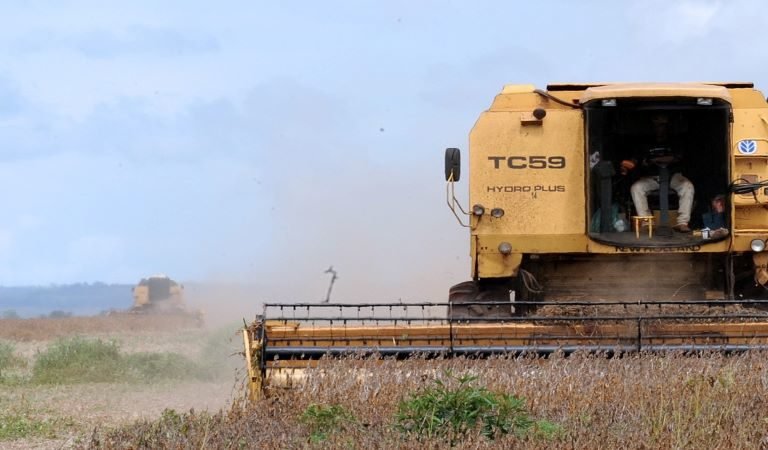- In the 1800s, several Native American tribes were forced to adapt to a new climate when the government removed them from their ancestral lands and forced them to migrate thousands of kilometers away, to the South Central U.S.
- Many tribes in the South Central U.S. are once again preparing to adapt to a changing climate with the support of tribal liaisons at the South Central Climate Adaptation Science Center.
- President Joe Biden announced that collaboration with tribal nations will play an important role in his commitment to the worldwide 30 by 30 initiative, which seeks to use nature conservation to address climate change and protect biodiversity.
- Two tribal liaisons and tribal citizens spoke to Mongabay about how federal agencies could collaborate with tribes on these conservation projects while respecting tribal sovereignty.
In the 1830s, the U.S. government removed the Muscogee Creek Tribe from their ancestral lands in modern-day Alabama and Georgia and gave the tribe’s farmland to settlers. Soldiers forced more than 14,000 tribal members to leave their villages, including their warm and wet fields used for growing cotton, the most profitable crop at the time. Muscogee people were forced to march thousands of kilometers west, many while chained to soldiers, or packed on boats to relocate in unfamiliar lands with drier soil.
The Muscogees were one of multiple Native American tribes forced to relocate west to Indian Territory, which eventually became Oklahoma. The ancestors of Yvette Wiley, a citizen of the Muscogee Creek Nation, had to adapt their lifestyle to a climate with different natural resources. Now, the Muscogee Creek Nation and other tribes in the South Central U.S. once again prepared to adapt to a changing climate – this time because of carbon emissions impacting average global temperatures.
President Biden has said that tribal nations are critical to his administration’s plans to combat climate change. During Biden’s 7th day in office, he signed an executive order announcing that the federal government will participate in a worldwide initiative to conserve 30% of land and water by 2030 (30 by 30). World leaders have said that large-scale nature protection can fight climate change by protecting the Earth’s forests – also seen as carbon sinks.
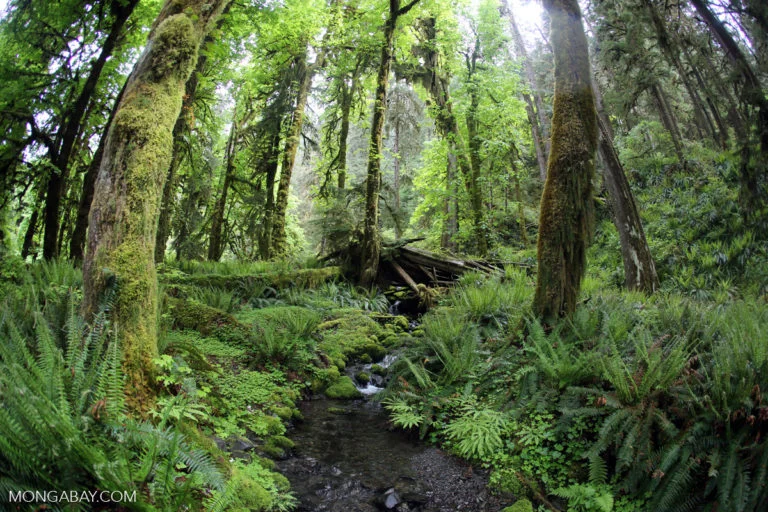
The U.S. government plans to implement the 30 by 30 initiative by providing funding and nature protection projects, from building urban parks to protecting wetlands. This plan, called America the Beautiful, includes establishing partnerships with tribes across the U.S.
John Settlemyre, a Muscogee Nation citizen and conservation outreach coordinator, said effective collaborations could help with preserving culturally and medicinally important plants within his nation.
Though, in a letter to Congress, 14 tribal leaders wrote said that they support the 30 by 30 initiative as long as federal agencies respect tribal sovereignty and land rights while collaborating on conservation. Around the world, Indigenous communities fear the initiative will lead to their eviction from ancestral lands to create protected areas.
Yvette Wiley and April Taylor, tribal liaisons at the South Central Climate Adaptation Science Center, said that the U.S. must respect the decisions of tribal leaders if they want to work government-to-government to tackle one of the century’s most pressing issues. Only through honoring treaties, listening to tribal communities’ needs, and respecting culture can the federal government achieve their climate goals, they told Mongabay.

Yvette Wiley is also a researcher at the South Central Climate Adaptation Science Center, one of nine regional centers established by the U.S. Department of Interior. The center helps communities across four states – Oklahoma, Texas, Louisiana, and New Mexico – with researching and adapting to climate change. Since its founding in 2012, the center has provided more than 9,000 hours of training and advising to 225 different tribes, including many of the 68 tribes within the South Central states.
April Taylor, who has been a tribal liaison at the center for a decade, has helped organize 55 training sessions to provide tribal staff members with technical expertise to address climate change. She also works with her tribe, the Chickasaw Nation in Oklahoma, to plan sustainability initiatives.
Mongabay spoke with the two tribal liaisons and Settlemyre to find out how the South Central Climate Adaptation Science Center has engaged with tribes. They also spoke about how the federal government can effectively incorporate tribal nations into their 30 by 30 goals and about the long-term impacts of the forceful relocation of tribes.
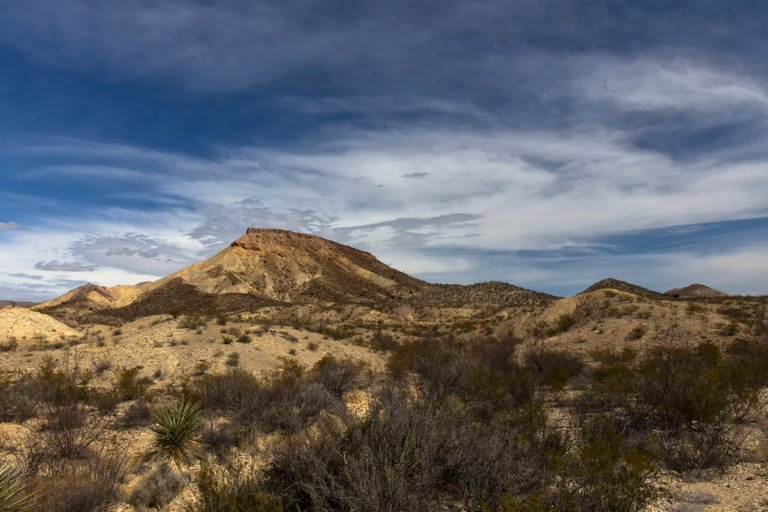
Mongabay: As tribal liaisons or conservationists who have worked with tribal nations, what do you think of the federal 30 by 30 initiative?
April Taylor: I think it could open a lot of opportunities. Many tribal leaders have expressed support for the 30 by 30 initiative and said that collaborating on conservation could strengthen nation-to-nation relationships. Thirty by 30 is focused on combating climate change by capturing carbon using nature, which several tribes that we’ve interacted with are interested in. The Cheyenne and Arapaho Tribes are using soil management practices to help the ground better retain carbon. Tribes have also discussed how fire management practices can help to reduce atmospheric carbon dioxide.
We know that that the Department of Interior’s plan for 30 by 30 is to support tribal-led conservation, but we don’t know what the budget or any possible legislation will look like. I hope that the federal government will obey their commitment to respect tribal sovereignty during collaborations.
John Settlemyre: I think it would be one of the best decisions the federal government could make. It would help the Muscogee Nation with protecting our grasslands, which contain a lot of our traditional herbs that we use for medicine. Stewardship of the Earth is a big part of our culture, so it seems like 30 by 30 would align with my tribe’s values.
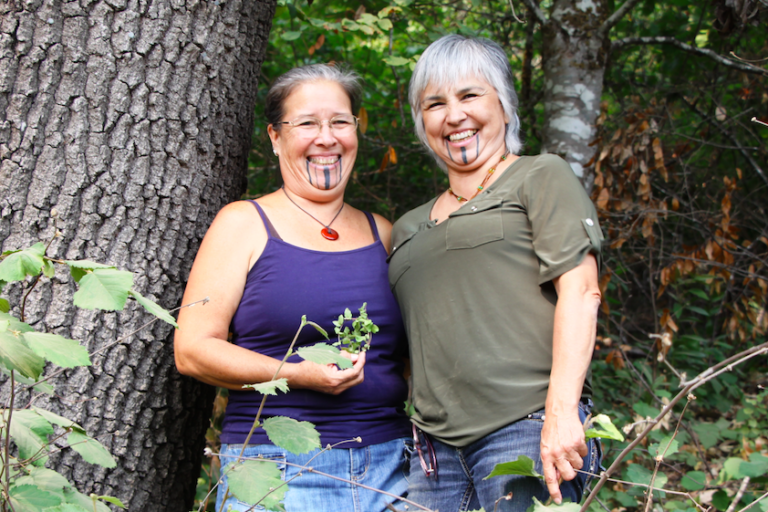
Mongabay: How can federal agencies respect the sovereignty of tribal nations while collaborating on conservation?
Yvette Wiley: Federal agencies must closely communicate with tribal leaders to make sure that they’re obeying the tribe’s decisions and respecting their treaties. Only a tribe can speak for a tribe, so authorities shouldn’t make assumptions about what a tribe wants.
Allowing tribal sovereignty isn’t just the respectful thing to do. It’s the law. My tribe was the focus of a 2020 U.S. Supreme Court ruling that said Indian reservations had sovereignty, in this case over prosecuting crimes, unless Congress dissolves the reservation. That ruling reaffirmed that tribes are independent nations within a nation, which federal officials must be aware of as they interact with tribal officials for conservation projects.
Mongabay: Several tribes in the South Central U.S. were forced to adapt to a new climate in the 1800s because the Jackson Administration pushed them west of their ancestral lands. How does the legacy of relocation impact tribe’s ability to adapt to a changing climate?
April Taylor: Tribes are more vulnerable to climate change today because of the relocations two centuries ago. When the federal government provided tribes with their new land in the South Central region, they purposefully chose the least desirable lands, which were often prone to flooding and had poor agricultural conditions. Many tribal members still live on those vulnerable lands and some tribes have talked about moving their entire nations to less flood-prone areas.
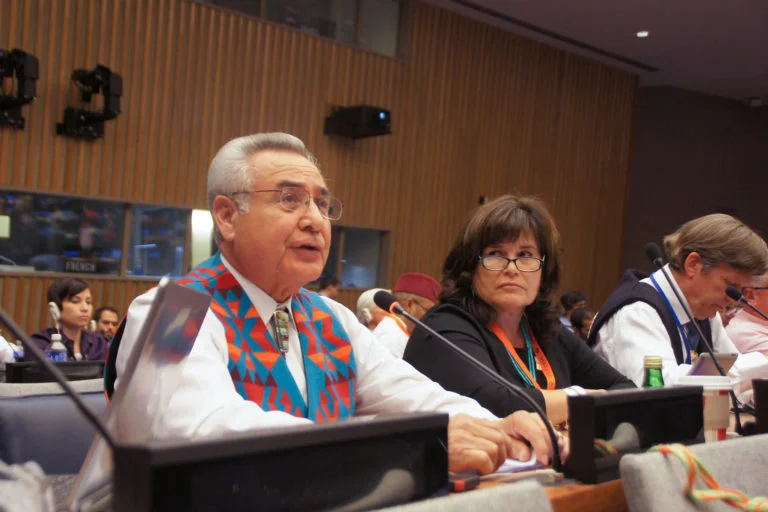
Despite these injustices, my tribe, the Chickasaw Nation, and so many others were able to adapt their agriculture and their traditions to their new landscapes. I tell people there’s a lot to learn from tribes. Tribes have been adapting for millennia and are still standing despite attempts to destroy their way of life. Now, they’re working to overcome the threats of climate change.
John Settlemyre: We’ve always been a resilient tribe, so we’re capable of adapting to climate change. Traditionally, my ancestors relied on farming three crops simultaneously, corn, beans, and squash, which creates ideal growing conditions when they’re planted next to each other. When my ancestors were forced into Oklahoma, they had to adapt that agriculture technique to soil that was dry sometimes and flooded in other times. They were able to survive by learning to read the soil. I’m hopeful that we’ll adapt to overcome climate change.
Mongabay: How is the Muscogee Nation adapting to climate change?
John Settlemyre: One of the concerns in Oklahoma when it comes to climate change is more frequent and longer lasting droughts, which could affect food security. Oklahoma had a severe drought between 2010 and 2015 that affected a lot of farmers.
One way the conservation district is helping the Muscogee Nation to become more drought resistant and to increase food security is through aquaponics. That means captively raising fish for food in a tank, then reusing that water to grow produce without soil. The fish produce natural fertilizer in the water and the reuse allows us to conserve water.

Mongabay: How does the South Central Climate Adaptation Science Center engage with tribal nations that want to plan for climate change?
April Taylor: We hold training sessions across our four-state regions to provide tribal staff with tools to lead climate adaptation. We’ve held introductory sessions on climate change, called Climate 101, along with more specialized sessions, like about how climate impacts health and transportation. It’s been incredible connecting my tribe with experts who can give the community technical knowledge to address climate change.
The center’s most recent training, in Oklahoma, was a seven-part series on how climate impacts wildfire, which ended on May 26. That series brought together members of several tribes with experts from the U.S. Forest Service so they can learn from each other. We didn’t have any in-person trainings for over two years because of the pandemic, when a lot of environmental managers on tribes redirected their work to addressing COVID19. Our first training since the pandemic was in March of 2022, which was about protecting culturally significant plants like those used in medicine and ceremonies.
We also have an internship program for students to work with tribes on climate adaptation. Most of the 46 interns we’ve taught are Indigenous undergraduate and graduate students, including some working for their own tribe. I’ve enjoyed working with the students, because the program empowers them to protect vulnerable communities and allows tribes to take ownership of their activities.
Yvette Wiley: The center also supports research projects on tribal nations, focused on everything from how climate impacts the ecosystem to studying how to best engage with community members. We provide expertise on the grant writing process for researchers, who include both tribal members and visitors from outside the tribe.
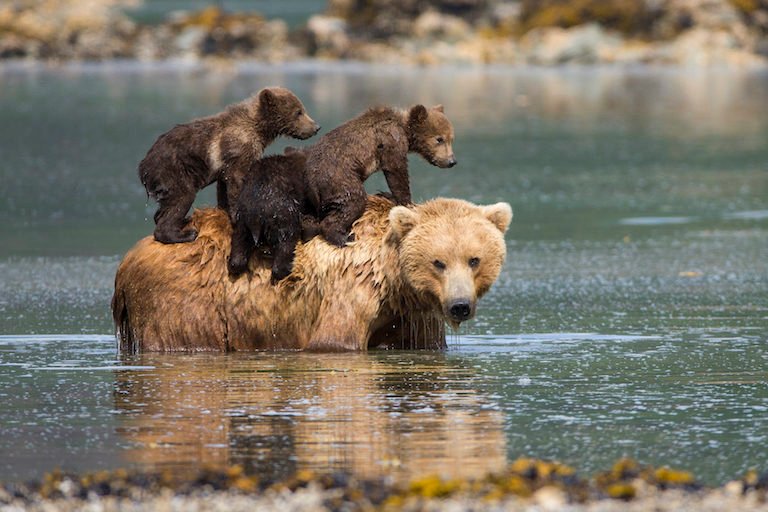
My research was focused on harmful algal blooms in tribal waters and how they impact health and resource access. I’m planning on getting the study published soon and, in the future, there might be a training session to inform tribes about algal blooms.
Mongabay: You say that your training sessions are “culturally sensitive”. What does culturally sensitive mean?
Yvette Wiley: It’s about listening to the needs of tribes. There are 39 tribes within Oklahoma and their climate concerns, along with their cultural traditions, can vary significantly even between neighboring tribes. Our staff travels throughout the South Central U.S. to deliver trainings within tribal nations, which we tailor to the culture of that tribe or group of tribes.
Because there are cultural differences between tribes, their approach to natural resource management may differ. Some cultural differences are based on whether a tribe has been forcefully relocated or has been on their aboriginal homelands from since time immemorial. When the Andrew Jackson Administration forcibly removed the Muscogees, my tribe, and the Chickasaws, April’s tribe, our ancestors brought their culture to what eventually became Oklahoma. So, our tribes’ approach to environmental management may be different than tribes still living on their ancestral lands.
April Taylor: One way we respect culture is by inviting staff members to be part of our planning team for trainings, especially for Climate 101. Communicating with members of the tribe is the only way to understand their climate concerns. We like to keep our session to 30-40 people, so participants can have the opportunity to speak.
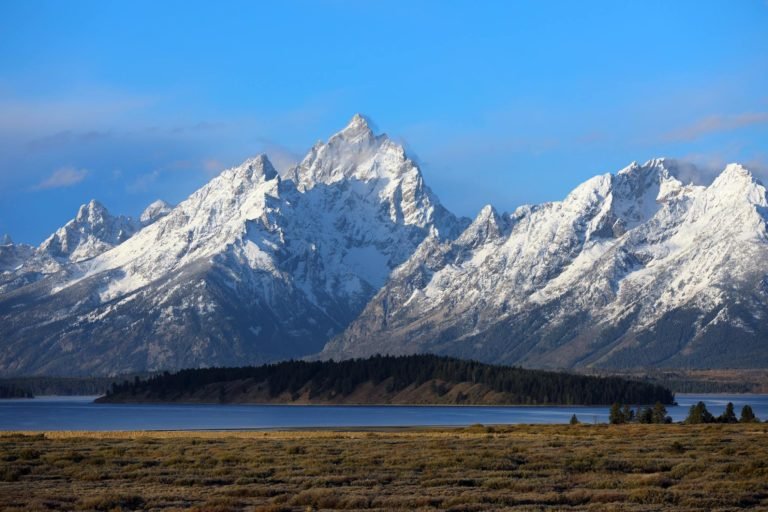
Banner image: A Diné woman in a traditional dress, on the rim of Grand Canyon. Image courtesy of Grand Canyon National Park via via Flickr (CC BY-NC-ND 2.0).
Related listening from Mongabay podcast: We speak with Joe Walton, executive Vice President of global conservation for the Wildlife Conservation Society, about the U.S. President Biden’s 30×30 conservation plan and its potential to transform the way the US conserves its natural resources. Listen here:
FEEDBACK: Use this form to send a message to the author of this post. If you want to post a public comment, you can do that at the bottom of the page.


